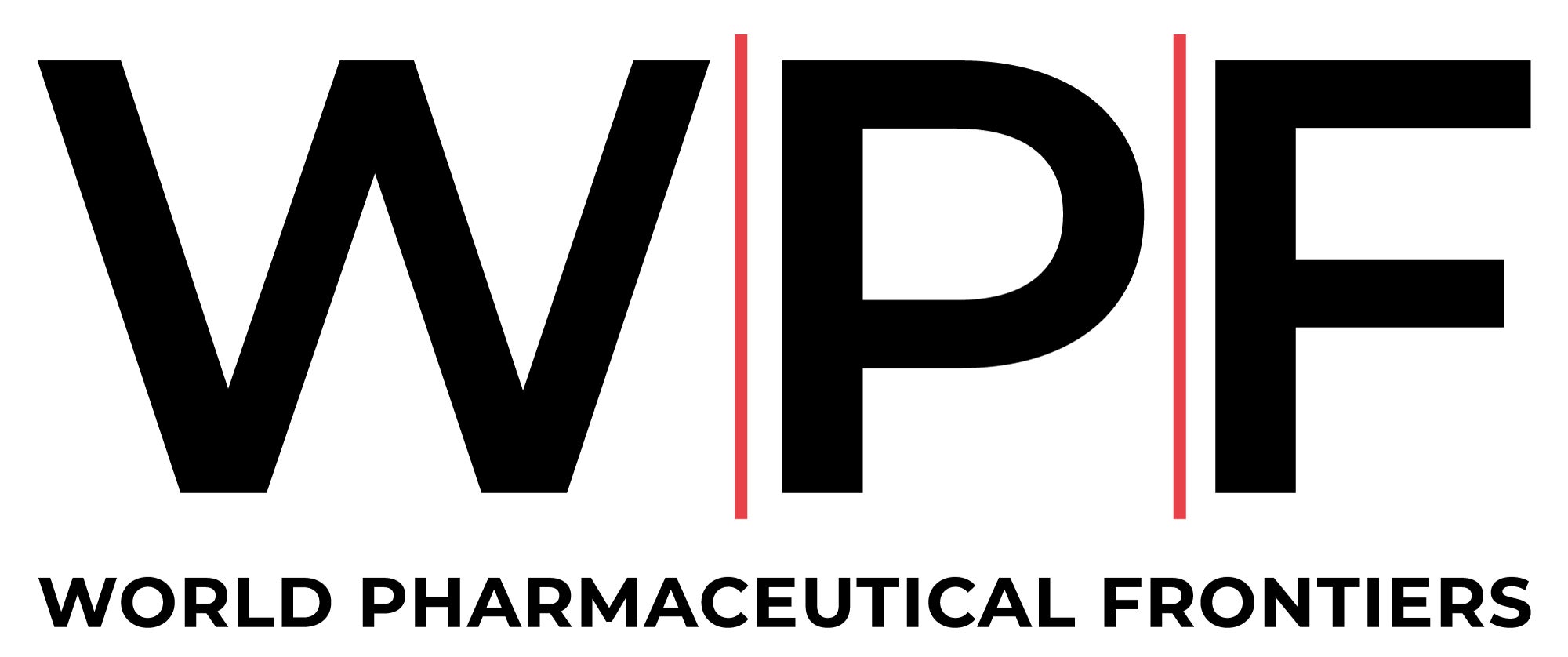
Sustainability is at the forefront of global industry conversations, with companies across sectors recognising the importance of reducing their environmental footprint. Packaging is pivotal in this effort, given its widespread use and contribution to global waste. From food and beverage to consumer goods, companies are moving towards packaging designs that minimise waste, reduce reliance on virgin plastics, and embrace recyclable or biodegradable materials. In Europe alone, packaging waste reached 84.3 million tonnes in 2021, making it one of the largest sources of waste. The EU’s legislative framework on packaging waste, updated through the Packaging and Packaging Waste Directive, seeks to address this by setting ambitious recycling targets and encouraging sustainable packaging solutions.
The pharmaceutical industry, however, operates under specific constraints that make this transition more complex. While other sectors may focus primarily on materials and logistics, pharmaceutical packaging must ensure product safety, efficacy, and regulatory compliance. For medicines, the packaging is critical in protecting products from contamination, ensuring shelf life, and maintaining sterile conditions.
Rethinking packaging strategies
The EU Packaging and Packaging Waste Directive has been a cornerstone of Europe’s waste management strategy since its introduction in 1994. Revised several times to meet evolving environmental goals, the directive aims to prevent packaging waste by encouraging the design of reusable and recyclable packaging; reduce packaging waste production through material efficiency and eco-design; and increase recycling rates for materials like plastics, paper, glass, and metals.
The directive has established recycling targets for different materials, such as 55% for plastics by 2030 and 75% for glass by 2030. These goals align with the EU’s broader aim of achieving a circular economy, where waste is minimised, and resources are reused or recycled rather than disposed of.
In its latest revision, the directive focuses on improving packaging design, promoting reusable packaging systems, and harmonising regulations across member states. The directive mandates that by 2030, all packaging on the EU market must be reusable or recyclable. This pushes industries to rethink packaging strategies, innovate with sustainable materials, and implement systems to ensure packaging waste is efficiently managed.
Pharmaceutical packaging, however, poses a set of unique challenges. Ensuring the safety and stability of medicines is paramount, and packaging must comply with strict regulations set by bodies like the European Medicines Agency (EMA) and the US Food and Drug Administration (FDA). These regulations often require the use of specific materials that can maintain the sterility and integrity of medicines throughout their shelf life. As a result, shifting towards more sustainable packaging solutions is not as straightforward for pharmaceuticals as it is for other industries. Certain aspects of pharmaceutical packaging, like blister packs and sterile containers, rely heavily on plastics to ensure product safety. Plastics, particularly single-use plastics, have come under increasing scrutiny for their environmental impact.
The EU directive does include an exemption for the pharmaceutical sector from its requirements, recognising the complexity of transitioning medical packaging to more sustainable formats. Primary packaging of pharmaceuticals and medical devices are exempted from these requirements until 31 December 2034, which includes packaging in direct contact with human or veterinary medicinal products or outer packaging intended to preserve the quality of the medicinal product, such as single-use syringes, to ensure continued high levels of health protection and supply chain. This exception is critical; the need for sustainable materials must be in balance with the necessity of protecting medicines and ensuring patient safety. Despite this exemption, the pharmaceutical industry is still impacted by the proposal. For instance, EU-harmonised and reusability symbols will be required on packaging by 1 January 2028 as well as mandatory QR codes for customers seeking more information on packaging reusability and recycling. Packaging will also be required to scale down with no more than 40% of the total volume of packaging to be wasted space. This will be a particular challenge for pharmaceutical companies due to the lack of space available on medicinal packaging. Nevertheless, the directive encourages the pharmaceutical industry to innovate, seeking sustainable alternatives to traditional packaging without compromising the safety or effectiveness of the products.
Keeping medicines affordable and accessible
The pharmaceutical industry is under pressure to reduce its environmental impact while maintaining the highest standards for product safety and regulatory compliance. Some of the key challenges in implementing sustainable packaging in the pharmaceutical sector include material safety, wherein pharmaceuticals require packaging materials that provide strong barriers against light, moisture, and oxygen to preserve the integrity of the medicines. These materials are often nonbiodegradable plastics, which pose challenges in recycling or reducing plastic waste. Switching to recyclable or biodegradable alternatives without compromising product quality is a complex challenge. Strict regulatory guidelines govern pharmaceutical packaging, particularly regarding patient safety, contamination prevention, and proper labelling, however, adhering to these regulations while introducing sustainable materials necessitates significant research and development.
Pharmaceuticals also often require sterilised packaging to prevent contamination and extend product shelf life. Achieving these conditions with recyclable or reusable packaging materials is more difficult than with traditional single-use plastics. For medicines specifically, packaging must ensure that the product is tamper-proof with the inclusion of safety seals, tamper-evident closures, and childresistant packaging, which further complicates the transition to more sustainable materials. Lastly, implementing new sustainable packaging also often requires changes in manufacturing processes and supply chains, leading to higher costs. Pharmaceutical companies must balance these costs with the need to keep medicines affordable and accessible to patients.
Despite these challenges, the pharmaceutical industry is making strides towards more sustainable packaging solutions. Several companies are investing in research and innovation to develop packaging materials and designs that meet both environmental and regulatory standards. One promising area of innovation is the development of biodegradable plastics that can serve as effective barriers against environmental factors while decomposing naturally. These materials could replace some of the single-use plastics currently used in pharmaceutical packaging. Efforts are also under way to create fully recyclable pharmaceutical packaging. For example, some companies are exploring the use of mono-material packaging such as Südpack Medica, which has created a recyclable all-polypropylene (PP) easyopen blister packaging for solid oral dose drugs. In blister packaging, replacing traditional multi-layered plastics with a single, recyclable material could help reduce waste while the use of PP provides a natural moisture barrier.

Reducing packaging waste through smarter design is another potential solution. This could involve reducing the amount of material used in packaging, simplifying designs, or using refillable or reusable packaging for certain medications. Some pharmaceutical companies are exploring closed-loop systems where packaging is collected, sterilised, and reused. This concept is already being tested in some hospitals, where medical devices are collected and sterilised for reuse, and similar systems could be applied to packaging.
Striking a balance between sustainability and safety
While the EU Packaging Waste Directive sets ambitious targets, achieving meaningful change in pharmaceutical packaging will require collaboration between industry stakeholders, regulators, and policymakers. The directive encourages the use of ecodesign principles, emphasising that packaging should be designed with sustainability in mind from the outset. Pharmaceutical companies will need to work closely with regulators to ensure that new materials and designs meet safety and efficacy standards.
Policymakers also play a critical role in providing incentives for companies to adopt sustainable packaging practices. Initiatives such as tax breaks for sustainable innovation, funding for research into eco-friendly materials, and support for recycling infrastructure could help accelerate the transition.
The push for sustainable packaging is gaining momentum, with industries worldwide embracing eco-friendly practices to reduce their environmental footprint. The pharmaceutical sector, while facing unique challenges, is not exempt from this movement. The revised EU Packaging Waste Directive is a key driver of change, setting ambitious targets that challenge pharmaceutical companies to innovate while maintaining the highest standards of safety and regulatory compliance. By investing in research, exploring new materials, and rethinking packaging design, the pharmaceutical industry can play a significant role in shaping a more sustainable future.
As the industry adapts to these new regulations, the key will be to strike a balance between sustainability and safety, ensuring that environmental goals are met without compromising the health and wellbeing of patients.
Sustainable plastics for pharmaceutical packaging
Growing concerns about the environmental effects of plastics have driven the industry to explore more sustainable packaging solutions. These include:
- Recyclable and recycled plastics: New recyclable plastic formulations help reduce reliance on virgin raw materials and promote a circular economy. In addition to recyclable plastics, the use of recycled plastics like R-PET (recycled PET) and recycled HDPE, which are often recyclable themselves, is gaining popularity.
- Bio-based and biodegradable plastics: Examples include Green PE, a bio-based polyethylene derived from renewable sources like sugarcane. Some materials, such as PLA (polylactic acid) made from corn starch, are not only bio-based but also biodegradable, naturally breaking down over time and reducing the environmental footprint of packaging waste.
- Innovative plastics: These are produced by processing and reintegrating clean waste into the production cycle. One example is Carbon Capture PET, which converts CO2 emissions into a material for making bottles. This approach reduces plastic waste while simultaneously capturing and repurposing harmful CO2, benefiting the environment in two ways.





